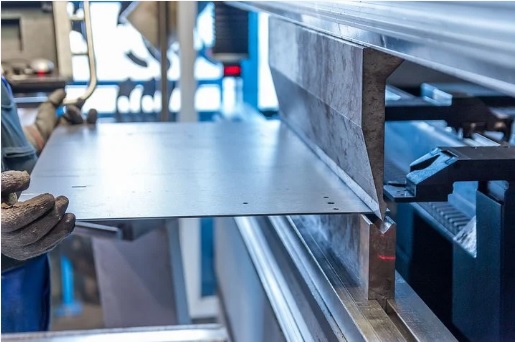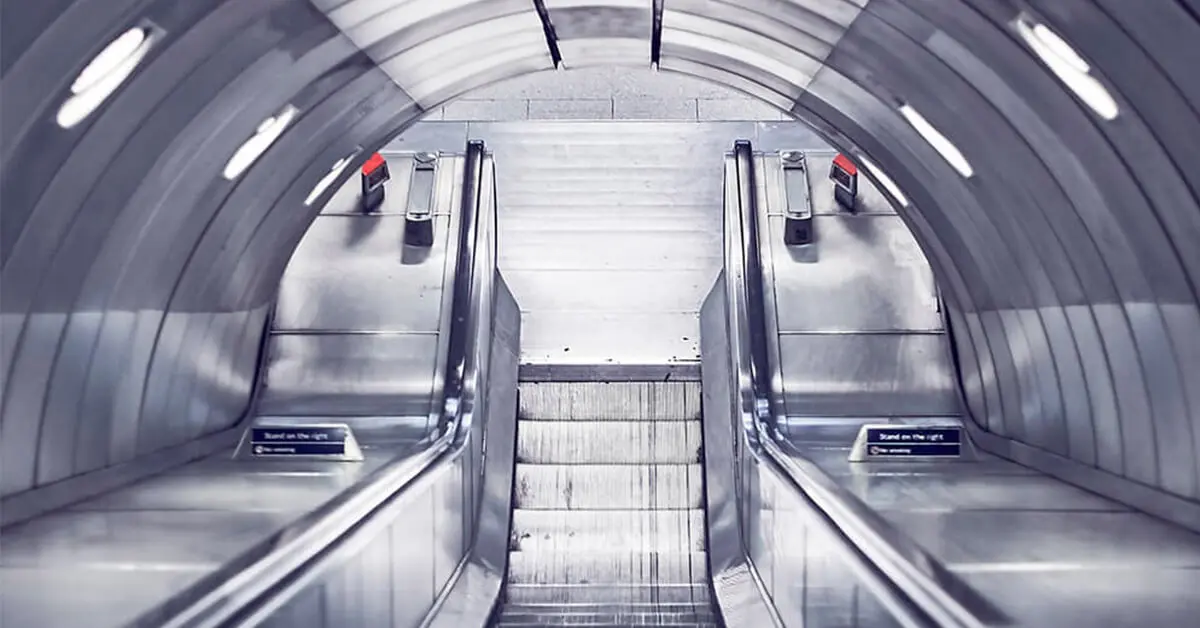You may have wondered why stainless steel doesn’t rust compared to some other steel. How does it protect itself from rust? Generally, metals usually corrode when they are exposed to water or oxygen. Not stainless steel. This has made it the preferred type of steel for items such as bank vaults, kitchen sinks and utensils.
Here’s why it doesn’t rust.
Stainless Steel
In the year leading to the first world war, metallurgist Harry Brearley made an accidental discovery while he was trying to find ways to reduce degree of rust in rifle barrels. He found that an alloy of chromium and low carbon steel develops resistance to stain.
What is stainless steel and why does it not rust?
Stainless steel is an alloy containing the following metals in varying proportions: iron, silicon, manganese, carbon and most importantly, chromium which takes up 12% of the composition of stainless steel. Nickel, niobium, titanium and molybdenum have been added in modern times.

Why is chromium important?
It easily reacts with oxygen to form a passive thin film of metal oxides and hydroxides that are not visible. Interestingly, the film is so thin that the wavelength of visible light is considered to be thicker. They help protect the steel from further corrosion by preventing more oxygen from reacting with the steel.
There is similarity between the sizes of the chromium atoms and that of its oxides. This makes them neatly packed together and ensures stability. For other metals, the oxide and hydroxide films created continue to grow thicker as the metal is exposed to more oxygen. Iron atoms, for example, are much smaller than that of iron oxides. This makes them loosely packed and rust more readily.
Stainless steel, however, needs a sufficient supply of oxygen to retain its stainless feature. Low oxygen areas make it difficult for the passive film to repair itself when the metal is scratched or cut.
Does stainless steel rust?
The main cause of rusting is the wrong choice of stainless steel, the most common example being 304 stainless steel for outdoor use, or brushed 316 stainless steel for marine use. If you choose the wrong stainless steel, the risk is greater. Don’t panic, stainless steel does not rust like ordinary steel. We are talking about surface oxidation. Stainless steel itself does not rust, it is the particles that are deposited on it that rust. They appear on your stainless steel in the form of small tea stains.
Stainless steel is an alloy of iron, nickel and chromium, and it is the latter that gives stainless steel its antioxidant properties. In particular, it is a living alloy, since in the presence of oxygen it is able to regenerate its surface layer of chromium oxide, called the passive layer.
If left in prolonged contact with sources of pollution, acids, moisture, sea spray, iron-laden dust, or in case of deep scratches, its protective layer will be depassivated (and thus activated) and the stainless steel will rust faster than it is able to protect itself. Being a strong metal, it will cause electrolysis of other metals in the powder and thus accelerate the surface oxidation of these metals. Therefore, it is very rare to find rusty stainless steel on the outside, but rather dust that tarnishes the surface of the stainless steel. Of course, this can be avoided with minimal maintenance, which will preserve your stainless steel for an eternity.
Visit our materials section and take a look at our stainless steel creations.
Images – Gordon Williams Wikipedia






